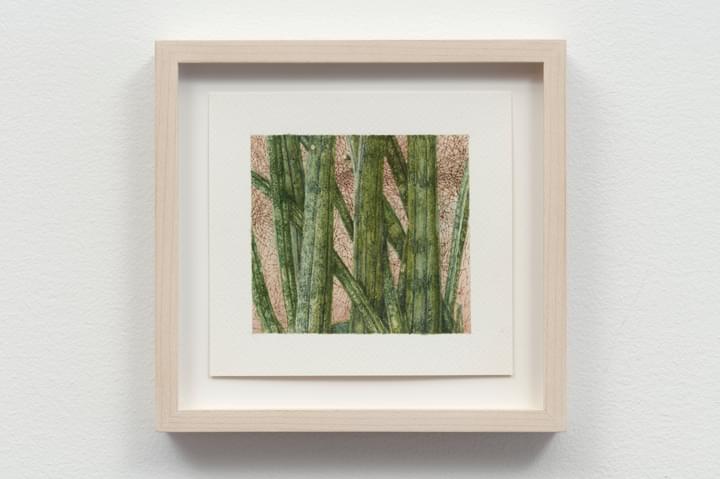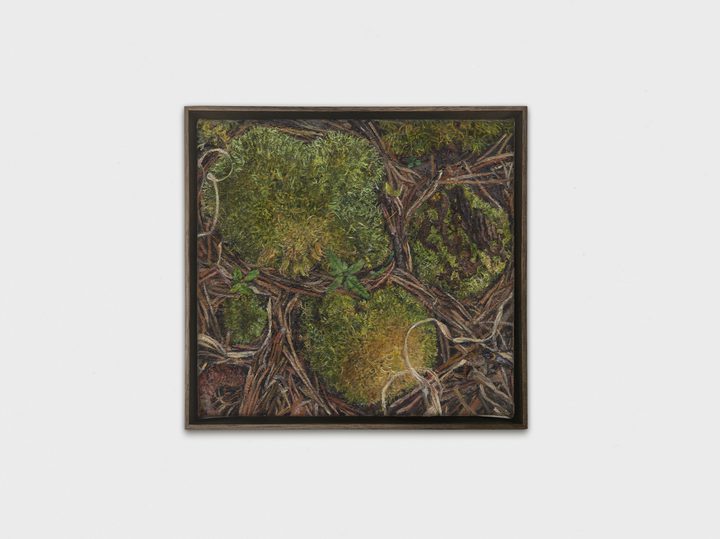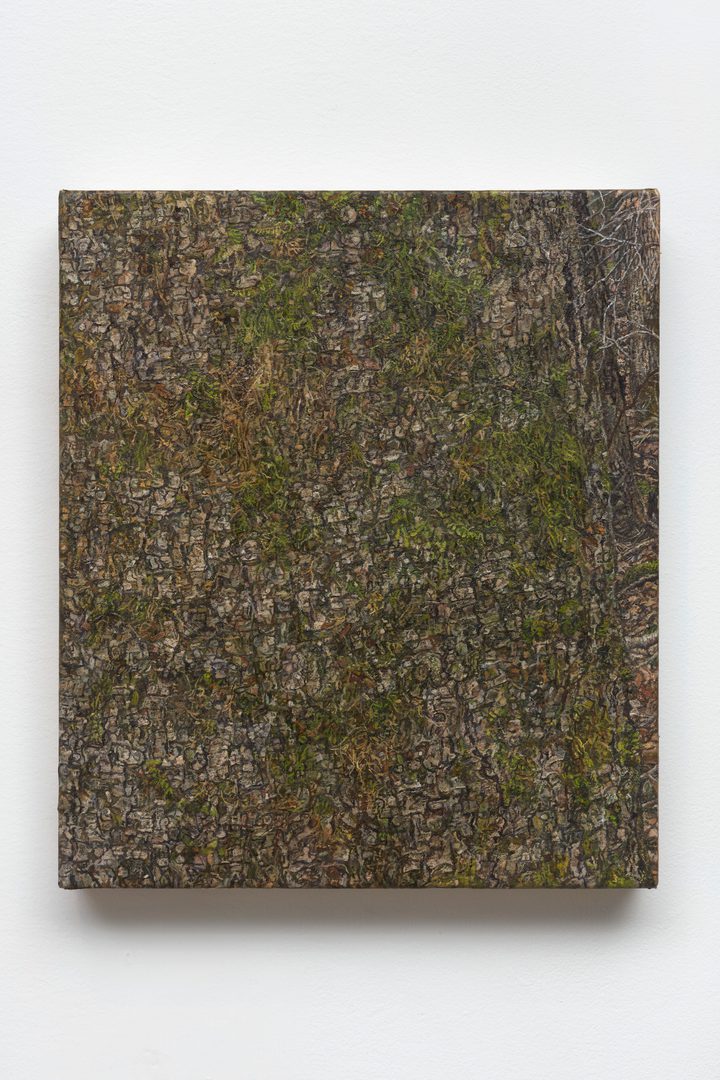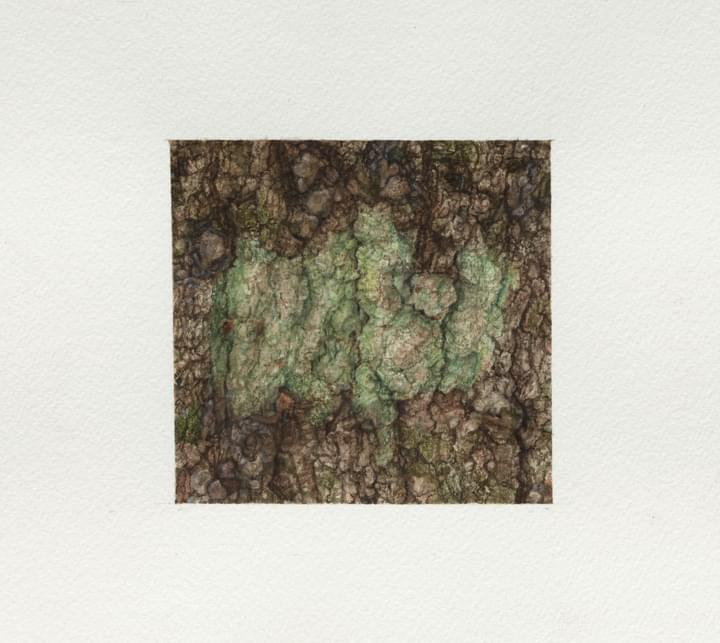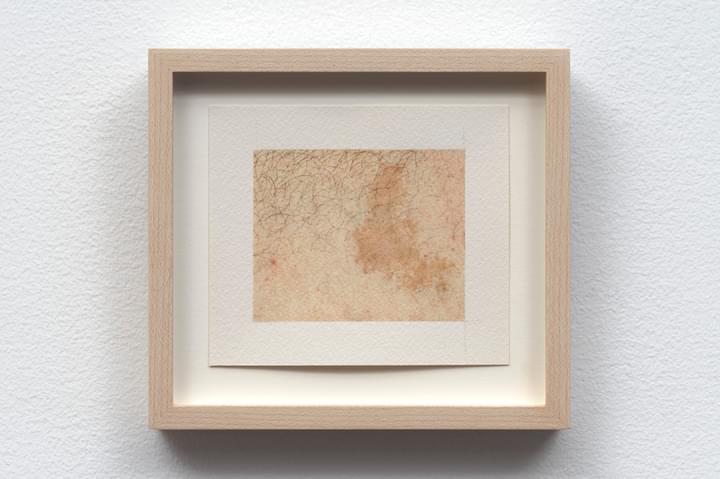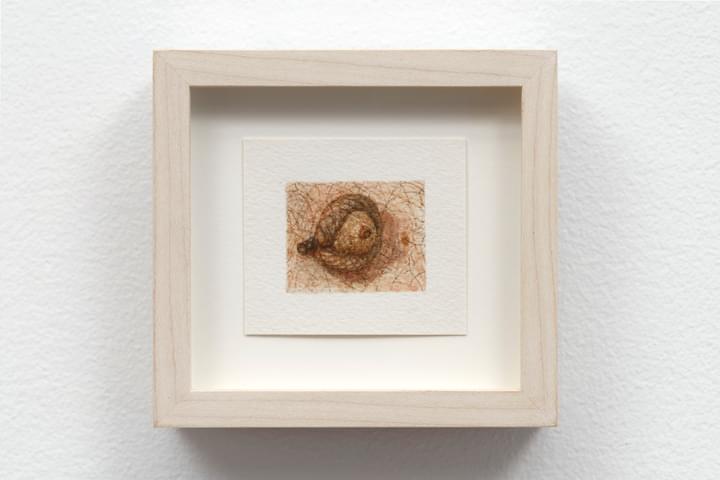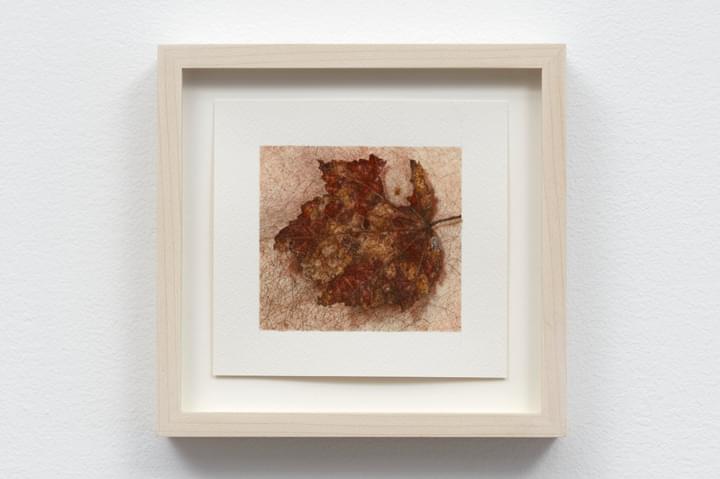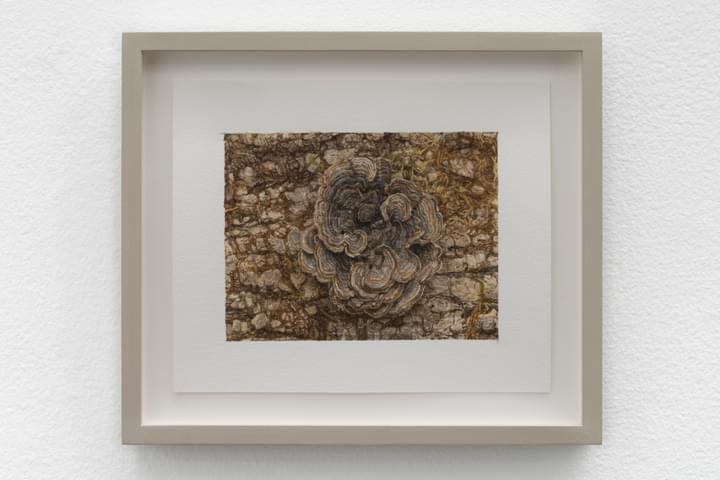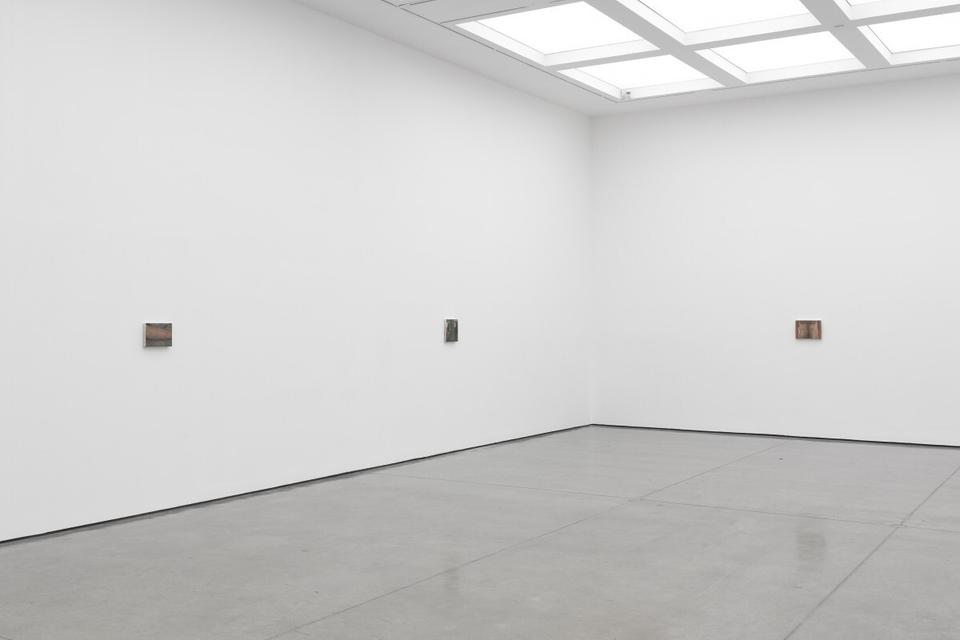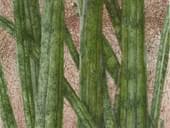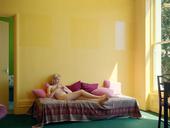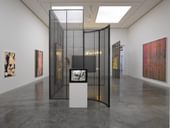
Trees, 2022
Ellen Altfest
Lives and works in New York and Rising Fawn, Georgia
B. 1970
Artworks

Contact us about available Ellen Altfest works
Exhibitions
Gallery Exhibition
Ellen Altfest
Green Spot
11 January – 16 March 2019
Gallery Exhibition
Ellen Altfest
The Bent Leg
15 November 2011 – 7 January 2012
Films
Ellen Altfest, 2025
‘When you're in front of something that's so spectacular, how do you domesticate it, or how do personalise it, how do make it your own? Beyond the technical challenge, that is the challenge of an artist.’ – Ellen Alfest
Watch as Ellen Altfest discusses her ever-evolving painting practice from a makeshift outdoor studio in Rising Fawn, Georgia in 2025.
Ellen Altfest, 2025
Watch as Ellen Altfest discusses her ever-evolving painting practice from a makeshift outdoor studio in Rising Fawn, Georgia in 2025.
Ellen Altfest on Sylvia Sleigh
Ellen Altfest discusses the influence of Sylvia Sleigh at White Cube Hoxton Square in 2011.
Ellen Altfest, 2020
This video captures Ellen Altfest at work in her makeshift outdoor studio in 2010.
Ellen Altfest on ‘The Bent Leg’
Ellen discusses her process for her work in ‘The Bent Leg’ exhibition at White Cube Hoxton Square (2011-2012).
Ellen Altfest on ‘Head and Plant’
Ellen discusses her exhibition, ‘Head and Plant’ at the New Museum, New York in 2012.
Ellen Altfest, 2015
Ellen gives an insight into elements of her daily studio practice.
Museum Exhibitions
Find out more31 May – 1 September 2025 | Nashville, Tennessee
27 February – 5 April 2025 | New York, US
30 June – 6 October 2024 | Sint-Martens-Latem, Belgium
6 May – 24 June 2012
Prints & Multiples
View all Prints & MultiplesCreate an Account
To view available artworks and access prices.



